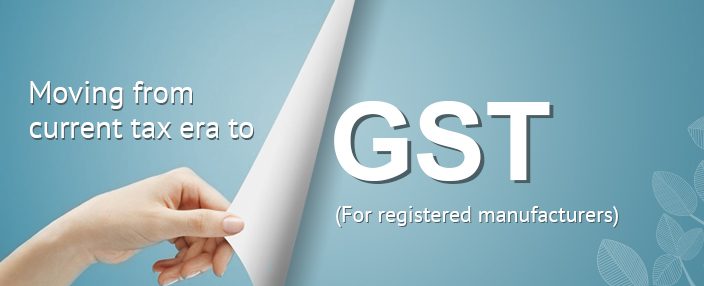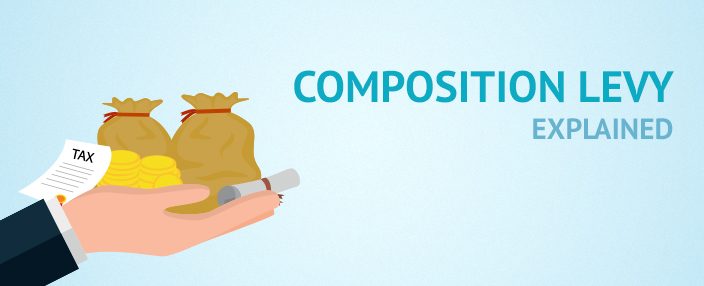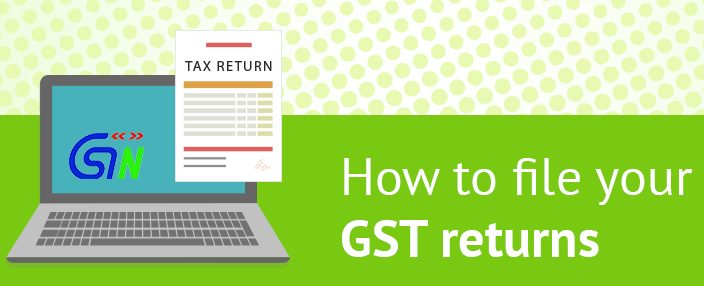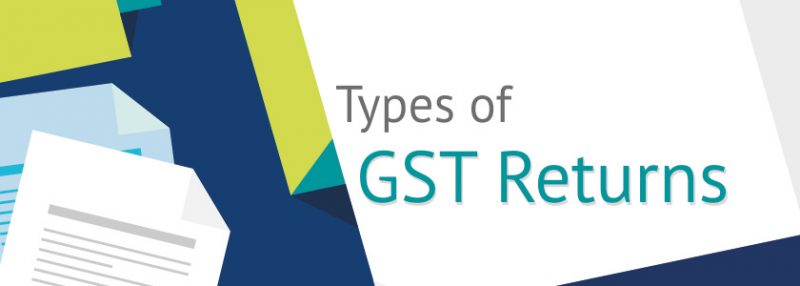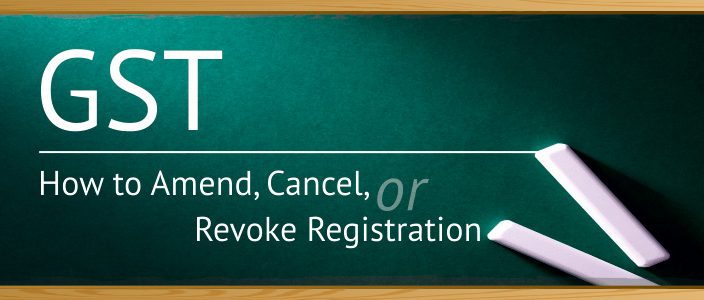| Tax | Value of goods/services |
| Excise | Based on transaction value or quantity of goods or MRP |
| VAT | Based on sale value |
| Service Tax | Based on taxable value of service rendered |
Valuation of goods and services
Current tax regime
Let us look at how the value of goods and services is calculated in the current regime, with the help of an example:
Super Cars Ltd, a car manufacturer, sells spare parts to Ravindra Automobiles, their dealers for Rs 6,000. The MRP of the spare parts is Rs 10,000. The invoice that is issued to Ravindra Automobiles is illustrated below:

Under GST Regime
We have used the same example as above to illustrate the method of valuation of goods and services in the GST regime:

*Assuming GST of 18% on automobile spare parts
In the GST regime, the value of goods &/or services supplied is the transaction value, i.e. the price paid/payable, which is Rs 6,000 in the example.
Additional Charges and Expenses – in the GST Regime
How are additional charges and expenses such as discount, packing charges treated in the GST regime? Should they be included or excluded from the transaction value?
Let us consider this illustration.
Super Cars Ltd sells a car worth Rs 4,00,000 to Ravindra Automobiles.
- They incur packing charges of Rs 5,000 on the car
- They provide a discount of 1% on the price, as part of Diwali scheme
- Super Cars Ltd agree to provide a further discount of 0.5% if Ravindra Automobiles makes payment by 31st of the month via net banking. Ravindra Automobiles makes the payment by 31st of the month using net banking.
The invoice issued to Ravindra Automobiles, under GST, will look like this:

*Assuming GST of 18% on car
 In the invoice,
- Packing charge of Rs 5,000 is included in the transaction value.
Packing charges or any incidental expenses charged before or at the time of supply of goods or services must be included in the transaction value.
- Discount of 1% is deducted from the transaction value.
Discount given before or at the time of supply, and which is recorded in the invoice, can be deducted from the transaction value.
- Discount of 0.5% is not deducted in the invoice. As discount of 0.5% is given after the supply, it will not be shown in the invoice. However, since the discount was known at the time of supply, and can be linked to this specific invoice, the discount amount can be reduced from the transaction value. For this, Super Cars Ltd will issue a credit note to Ravindra Automobiles for Rs 2,360 (0.5% of Rs 4,00,000 = Rs 2,000+ GST@ 18% on Rs 2,000 = Rs 360), and the same must be linked to the relevant tax invoice.
Discount given after supply but agreed upon before or at the time of supply and can be specifically linked to relevant invoices, can be deducted from the transaction value.
What are the exceptions to this rule?
Answer: Discount given after supply, and not known at the time of supply.
Let us understand this with an illustration.
Super Cars Ltd sells a car to Ravindra Automobiles for Rs 4,00,000. As per the standing agreement, a credit period of 30 days is allowed for payment. However, due to a severe cash crunch, Super Cars Ltd requests Ravindra Automobiles to make the payment within 2 days, promising a discount of 2% on doing so. Ravindra Automobiles makes the payment within 2 days.
In this scenario, since the discount was not known at the time of supply, it cannot be claimed as a deduction from the transaction value for GST calculation.
A summary of the effect of discount on transaction value is given below-
| Type of discount | Effect on transaction value |
| If the discount is given before or at the time of supply, and is recorded in the invoice | Can be claimed as deduction from transaction value |
| If the discount is given after supply, but agreed upon before or at the time of supply, and can be specifically linked to relevant invoices | Can be claimed as deduction from transaction value |
| If the discount is given after supply, and not known at the time of supply | Cannot be claimed as deduction from transaction value |
Effect of various charges/expenses of supply on transaction value is shown below-
| Charges/expenses related to supply | Effect on transaction value |
| Incidental expenses such as commission and packing | Included in transaction value |
| Interest/late fee/penalty charged by supplier for delayed payment | Included in transaction value |
| Subsidies excluding those provided by the Central and State governments | Included in transaction value |
| Any tax other than GST | Included in transaction value |
| Any amount payable by supplier, but incurred by receiver | Included in transaction value |
It is expected that GST (Goods and Services Tax) will bring about marked changes in the tax scenario in the country. The various aspects of product pricing, valuation of goods and services, and others will experience significant transformation as the tax system is simplified.

